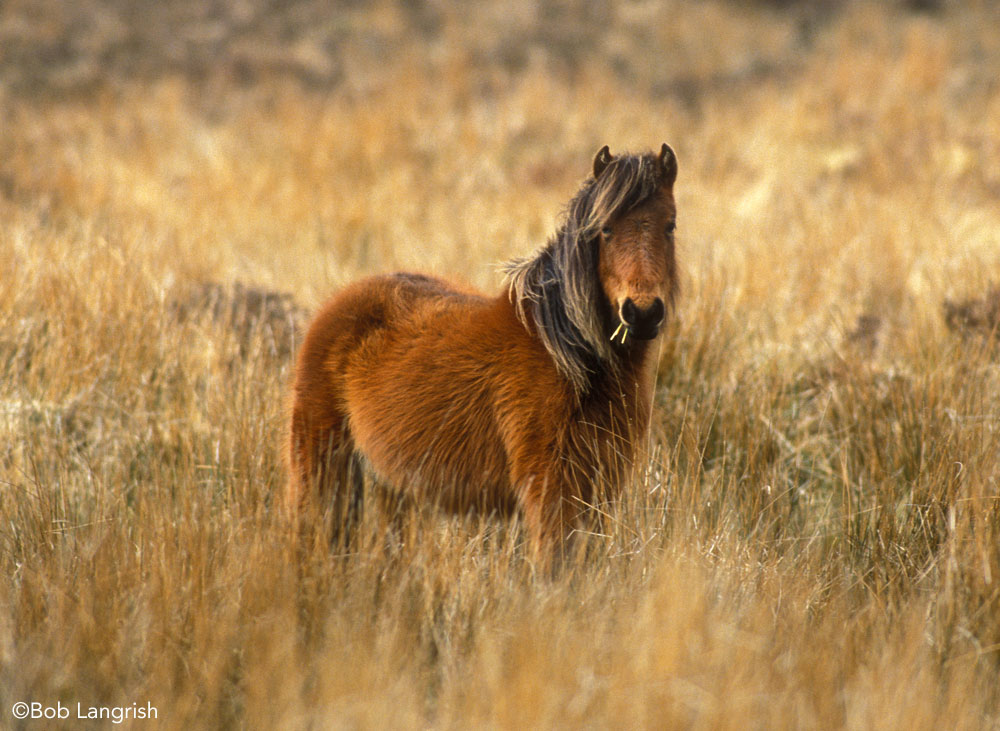The Dartmoor Pony
Dartmoor Pony Breed History
Any visitor traveling from the south toward Stonehenge in the southwest of England will most likely drive through Dartmoor, home to Sherlock Holmes’ “Hound of the Baskervilles” and the Dartmoor Pony.


The geographic location of their early native land (close to the sea, in this case) meant that native ponies were easily crossed with travelers’ mounts creating a diverse animal.


Shetland ponies were later turned out in the moors to produce a tougher mining pony. This crossbreeding was a disaster because it nearly meant the end of the Dartmoor. But breeders realized what was happening and turned out Welsh, Fell, and even a polo pony, with the Dartmoor. Later, Arabians were released as well.
World War II nearly caused the breed’s extinction when their native Dartmoor was turned into a field to train soldiers instead of a place for ponies to breed.
Today the Dartmoor is a top English show mount in both jumping and flatwork.
Dartmoor Pony Characteristics
The Dartmoor stands 11 to 12.2 hands and in all colors except pinto. The breed is sturdy but elegant, possessing a lovely long action.
For more information:
- The Dartmoor Pony Registry of America, www.dartmoorpony.com
Further Reading
This breed profile was originally published on December 15, 2006.
Recent Posts
2025 FEI Basel World Cup Finals Hands Reins to Fort Worth 2026
As U.S. athletes look back on valuable experience gained at the 2025 FEI World Cup Finals in Switzerland, the next…
How to Clean a Horse’s Sheath
If you’ve never cleaned a horse’s sheath, you probably have questions. First and foremost, is it really necessary? And more…
All Three Equestrian Sports Receive Final Confirmation for the LA 2028 Olympic Games
After a nail-biting two years of speculation about the inclusion of equestrian sports in the next Olympic Games, it was…
ASPCA Right Horse Adoptable Horse of the Week: Xanthus
Welcome to Horse Illustrated’s weekly installment of the Right Horse Adoptable Horse of the Week, offered in partnership with the…
Be Your Horse’s Joint Health Champion
Equine arthritis can affect horses of all disciplines and ages, and early intervention is crucial for maintaining comfort and performance.…
Tamie Smith: Taking It To The Next Level
Mother, grandmother, and winning 5* eventing rider—these three titles don’t typically go together. However, Tamie Smith, 49, is all of…